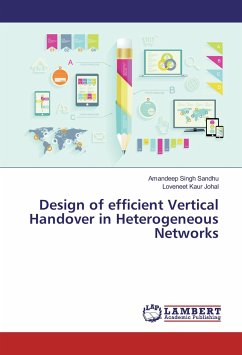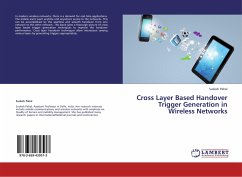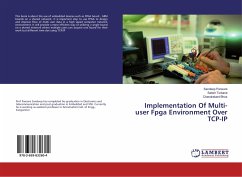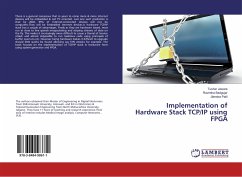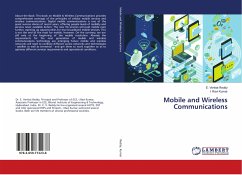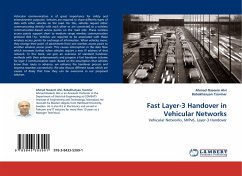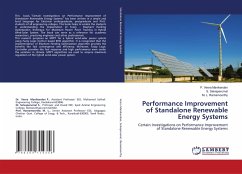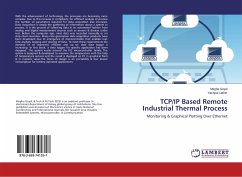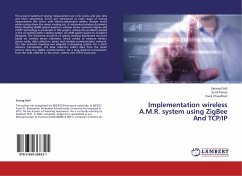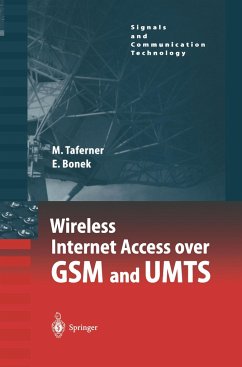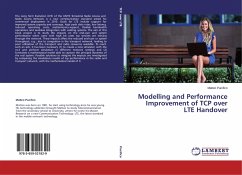
Modelling and Performance Improvement of TCP over LTE Handover
Versandkostenfrei!
Versandfertig in 6-10 Tagen
36,99 €
inkl. MwSt.

PAYBACK Punkte
18 °P sammeln!
The Long Term Evolution (LTE) of the UMTS Terrestrial Radio Access and Radio Access Network is a new communication standard aimed for commercial deployment in 2010. Goals for LTE include support for improved system capacity and coverage, high peak data rates, low latency, reduced operating costs, multiantenna support, flexible bandwidth operations and seamless integration with existing systems. The aim of this book project is to study the impacts on the end-user and system performance when users with high bit rates tcp services are moving through the network. These impacts affect the reduced e...
The Long Term Evolution (LTE) of the UMTS Terrestrial Radio Access and Radio Access Network is a new communication standard aimed for commercial deployment in 2010. Goals for LTE include support for improved system capacity and coverage, high peak data rates, low latency, reduced operating costs, multiantenna support, flexible bandwidth operations and seamless integration with existing systems. The aim of this book project is to study the impacts on the end-user and system performance when users with high bit rates tcp services are moving through the network. These impacts affect the reduced end-user or system throughput, e.g., due to congestion in the transport network, leading to poor utilization of the transport and radio resources available. To reach such an aim, it has been necessary (1) to create a new simulator with the ns-2 and perform simulation in different network settings and (2) formulate a mathematical model able to capture the principal dynamics of the real system.Possible solutions to mitigate the impacts are investigated by comparing the simulations results of tcp performance in the radio and transport network, with the mathematical model of it.



